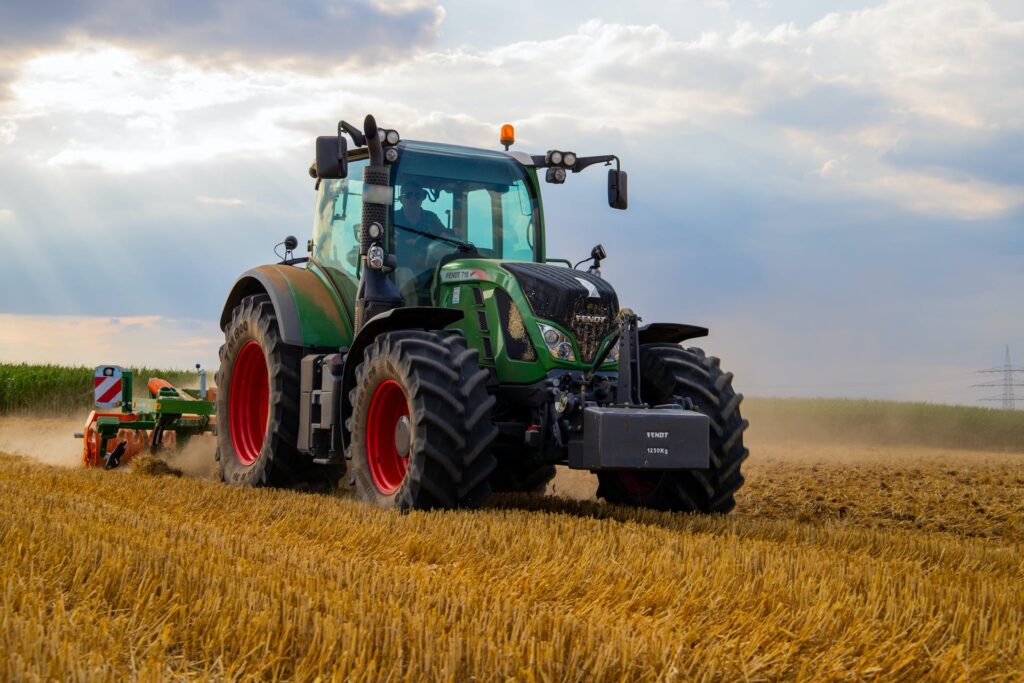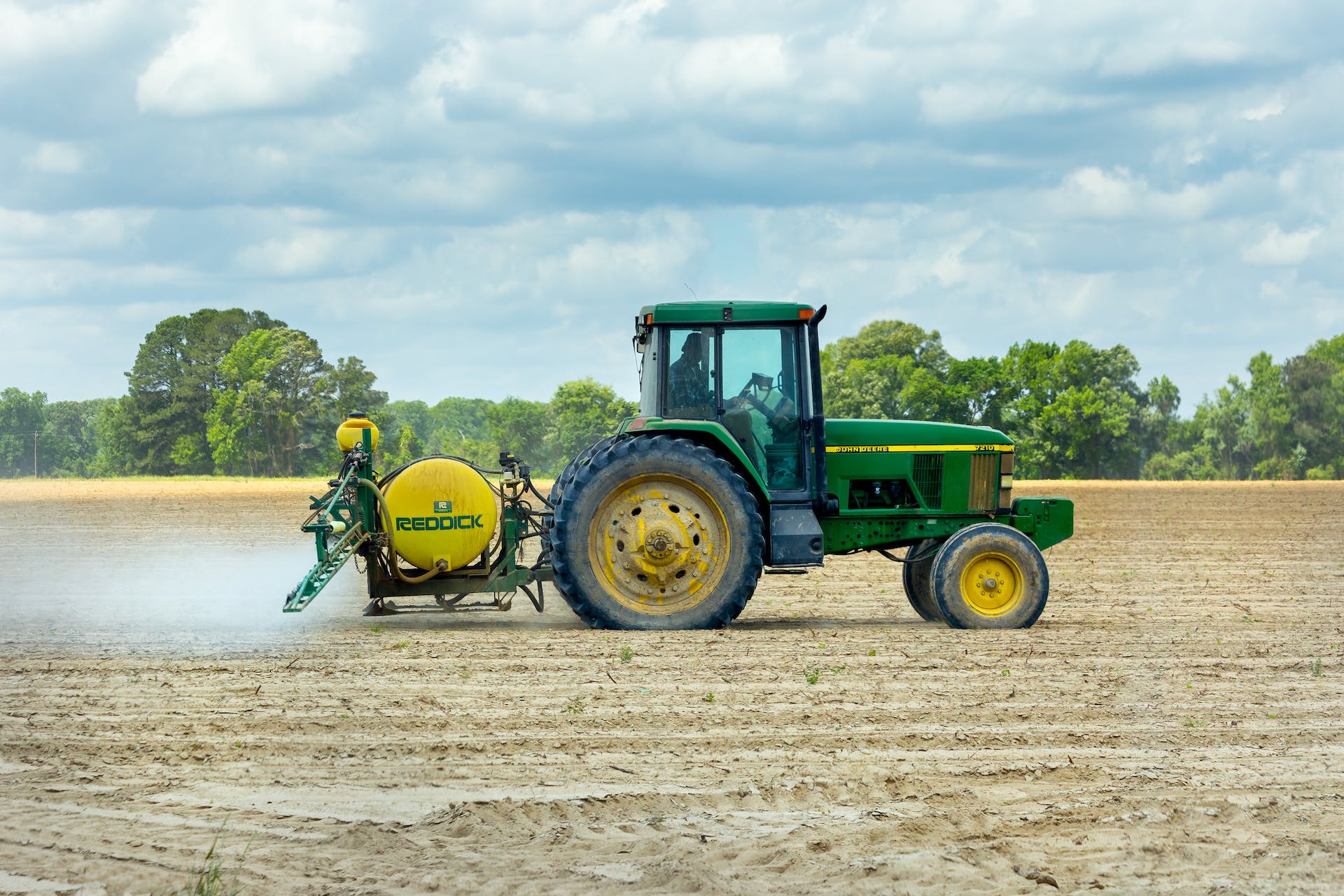Tractors are powerful vehicles specifically made to pull and power various farm implements. Modern farm tractors typically have large, powerful diesel engines and use their power take-off (PTO) system to transfer engine power to attachments and haul or pull implements like plows, seeders, and harvesters. Tractors provide the power, traction, and mobility for a wide range of agricultural applications.
Plowing Fields
One of the most fundamental uses of tractors in agriculture is to pull plows through fields and soils. Mounted plows like moldboard plows use tractor power via the three-point hitch to open and turn over the soil, preparing seedbeds for planting. Chisel plows attached to tractors help break up compacted soil that is hardened from previous equipment traffic and lack of aeration. The engine horsepower and weight of tractors make them ideal for pulling heavy plows through dense, packed soils.

Planting Crops
After the fields have been plowed, tractors use planters and seeders mounted on their three-point hitches to efficiently and precisely plant seeds and crops. Precision air seeders can be filled with seeds and grains and meter them into the soil at controlled rates as the tractor drives across a field. Row crop planters on tractors use parallel rows of seed dispensers to quickly and effectively distribute seeds. GPS steering and mapping technology are sometimes paired with planting tractors for optimum placement and crop spacing.
Spraying Fields
Tractors are extremely useful for spraying fields efficiently and effectively. This saves an enormous amount of time and labor, which is why farmers have been using them for this purpose since before the ford 8n was introduced. They provide a consistent, measured application of chemicals. Their tanks contain precise amounts, and their speed can be controlled so that the ideal amount of chemical is dispensed. This prevents wasting expensive chemicals by over-spraying. It also prevents crop damage or pollution from occurring through excessive application. The operator can adjust tractor speed and nozzle configurations to tailor the spray to the requirements of different chemicals and field conditions.
Tractors also improve safety for chemical applications. With a tractor’s enclosed cab, the operator sits protected from chemical fumes or drift. Tractors have sturdy frameworks that prevent tipping, unlike manual equipment that requires the operator to walk while wearing tanks of chemicals. For spraying hazardous pesticides, this stability and protection makes tractors the safest application method.
With their power, equipped implements like booms, adjustable controlled spraying, and safety benefits for operators, tractors vastly improve the efficiency, precision, and safety of chemical spraying on agricultural fields. Their strengths make them a beneficial necessity for large-scale spray applications.
Harvesting Crops
Harvesting crops often requires significant power and traction force to pull and operate equipment like balers, combines, and sugarcane harvesters through mature crops in the field. Tractors provide this steady and high-powered performance throughout harvest time, year after year. Some harvesting implements attach directly to the tractor while pull-behind harvesters are towed behind. Together, the tractor and harvester help collect crops efficiently for transport and processing.
In addition to these major equipment attachments, front-end loaders are often mounted to tractors for miscellaneous lifting and materials handling tasks around the farm. Power take-off shafts are used to rotate and drive all types of farming implements. The common tractor provides countless functions central to productive agriculture operations.

